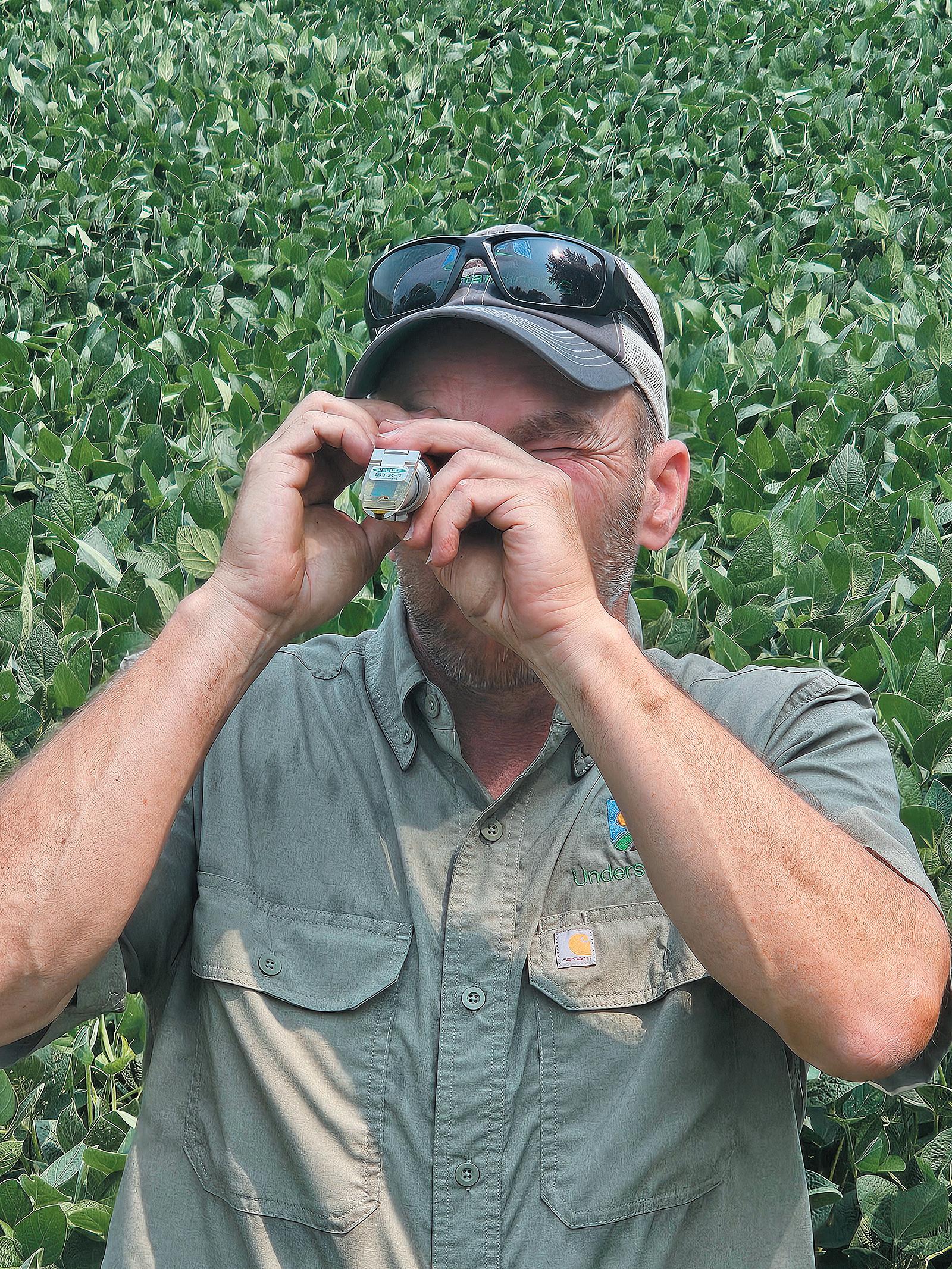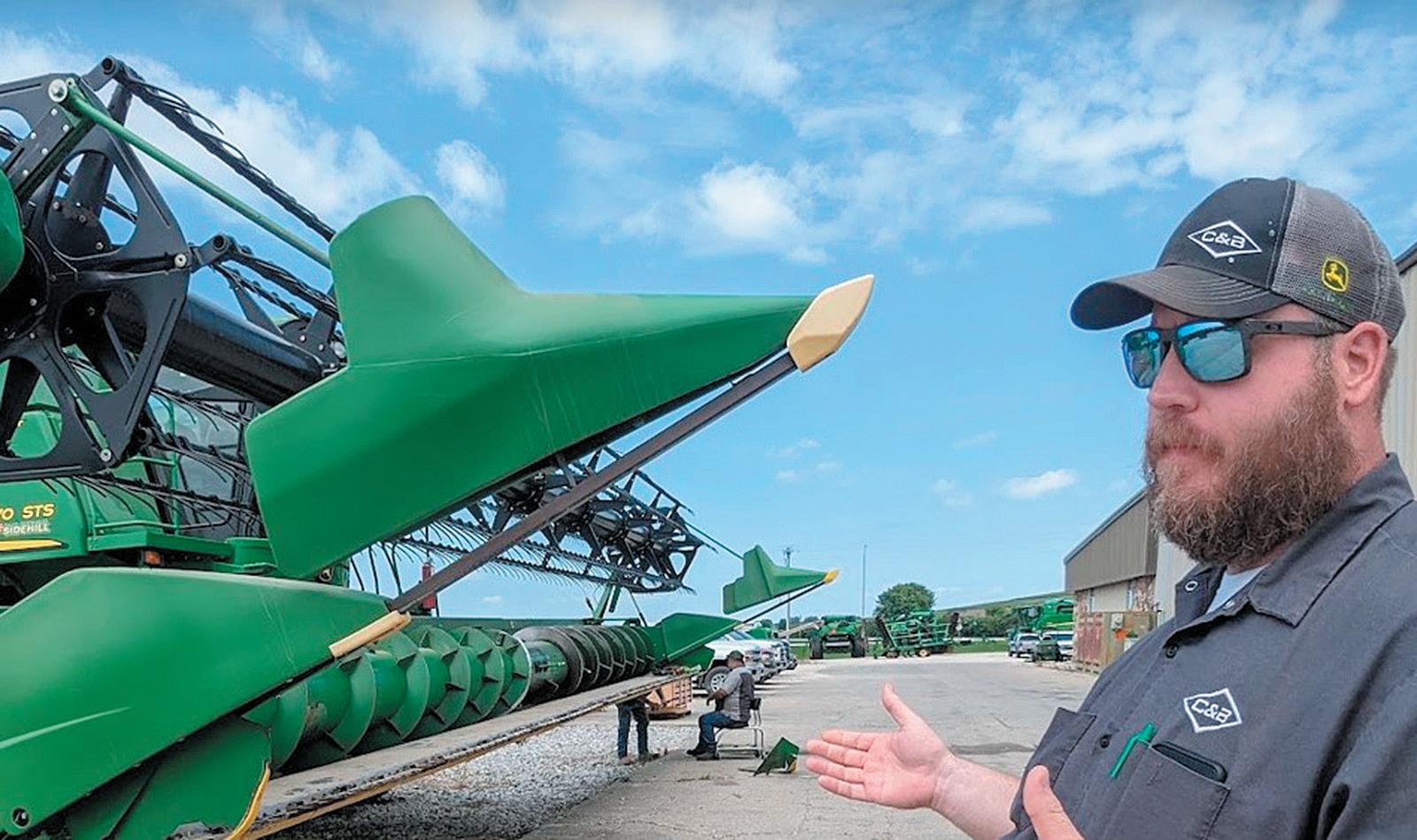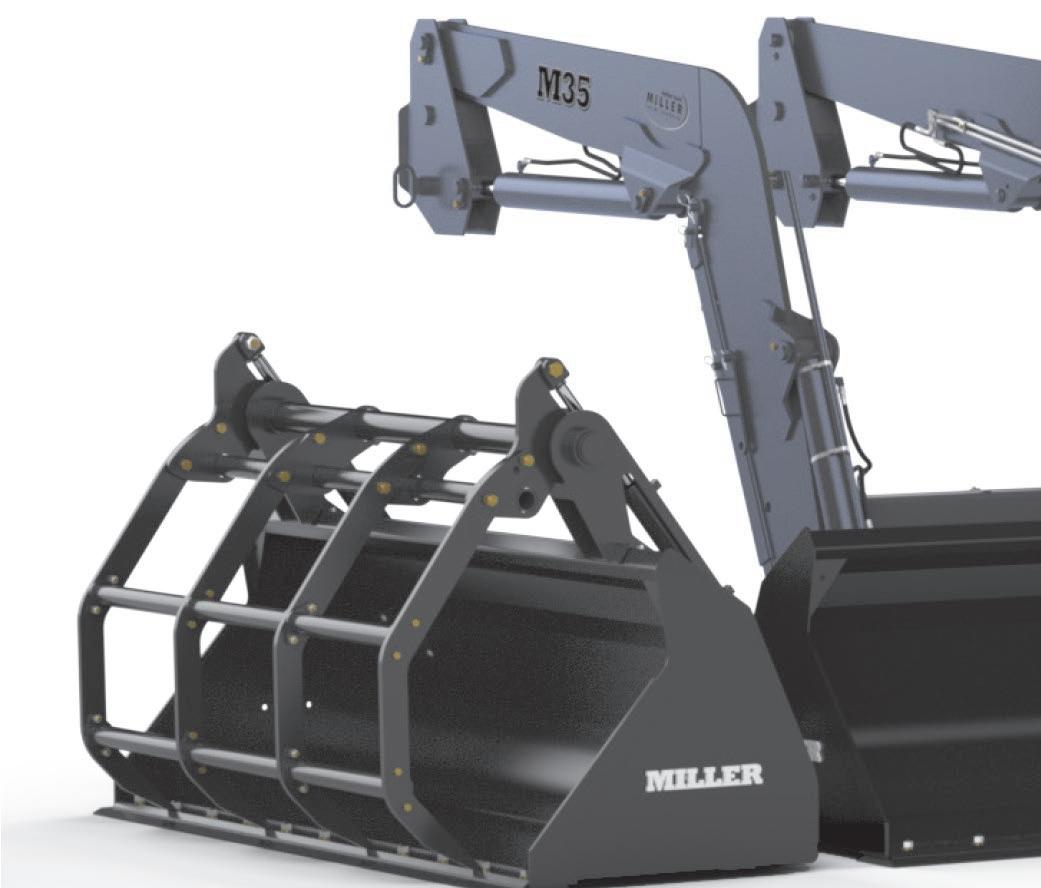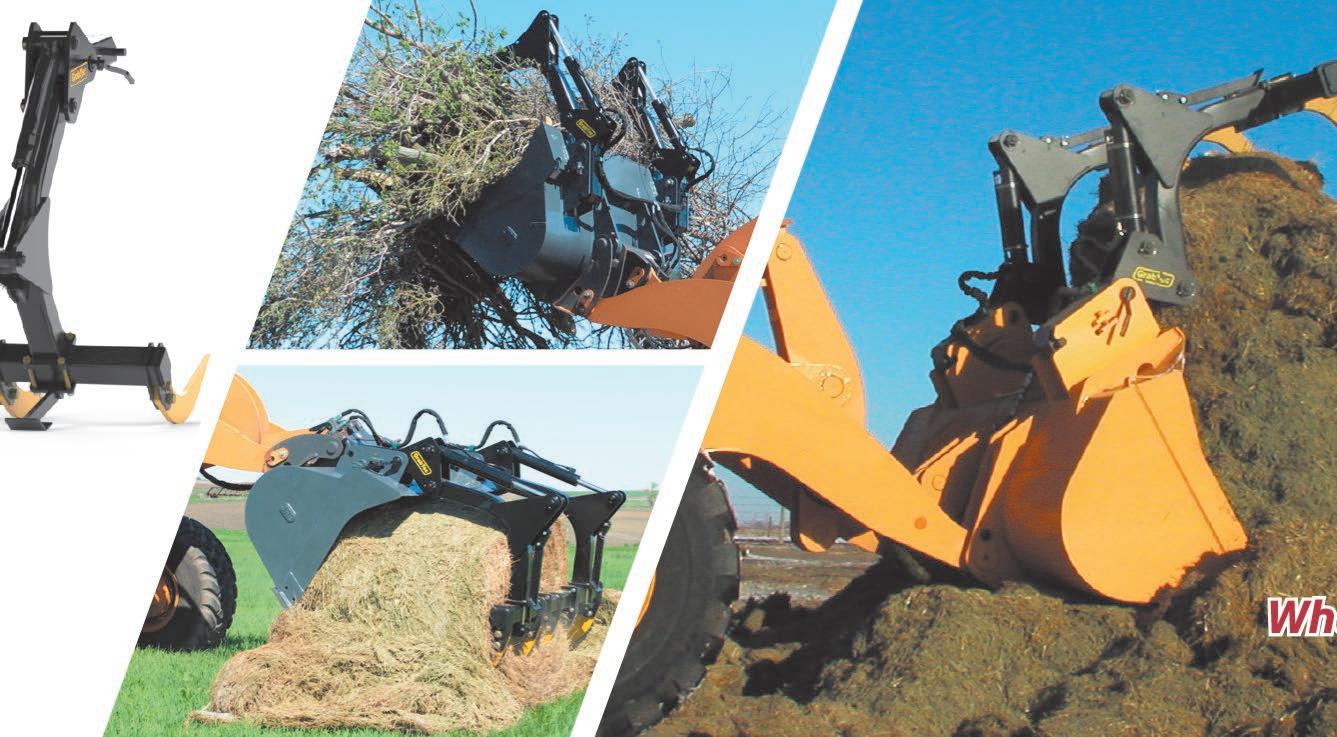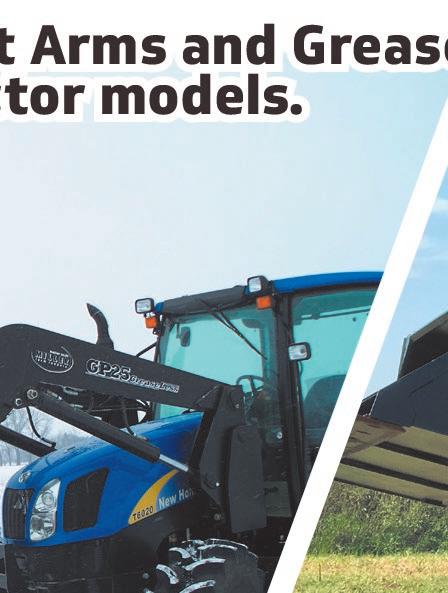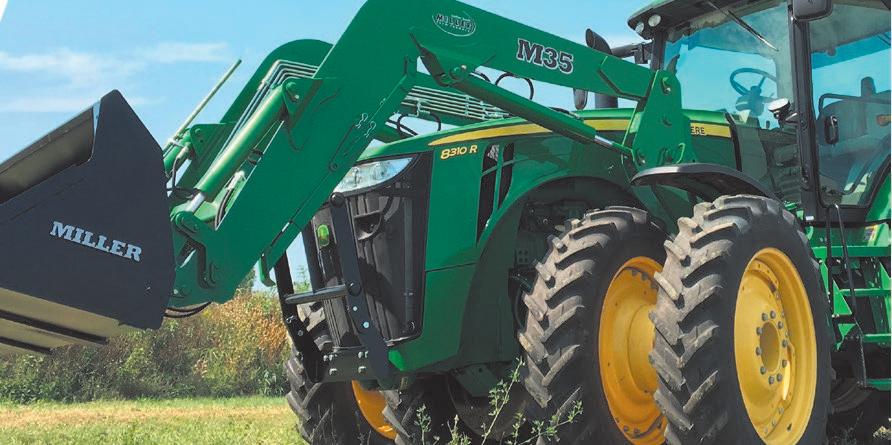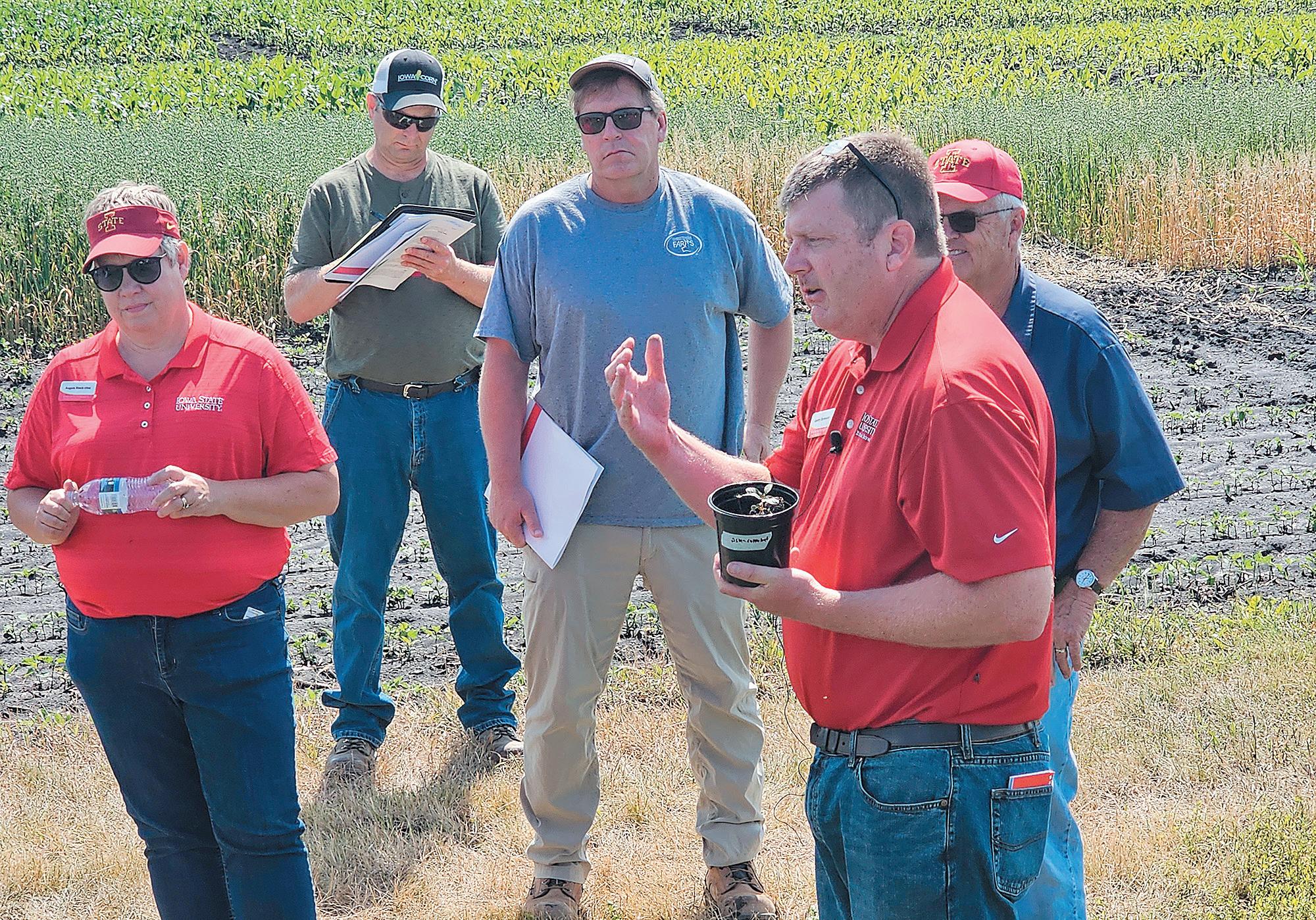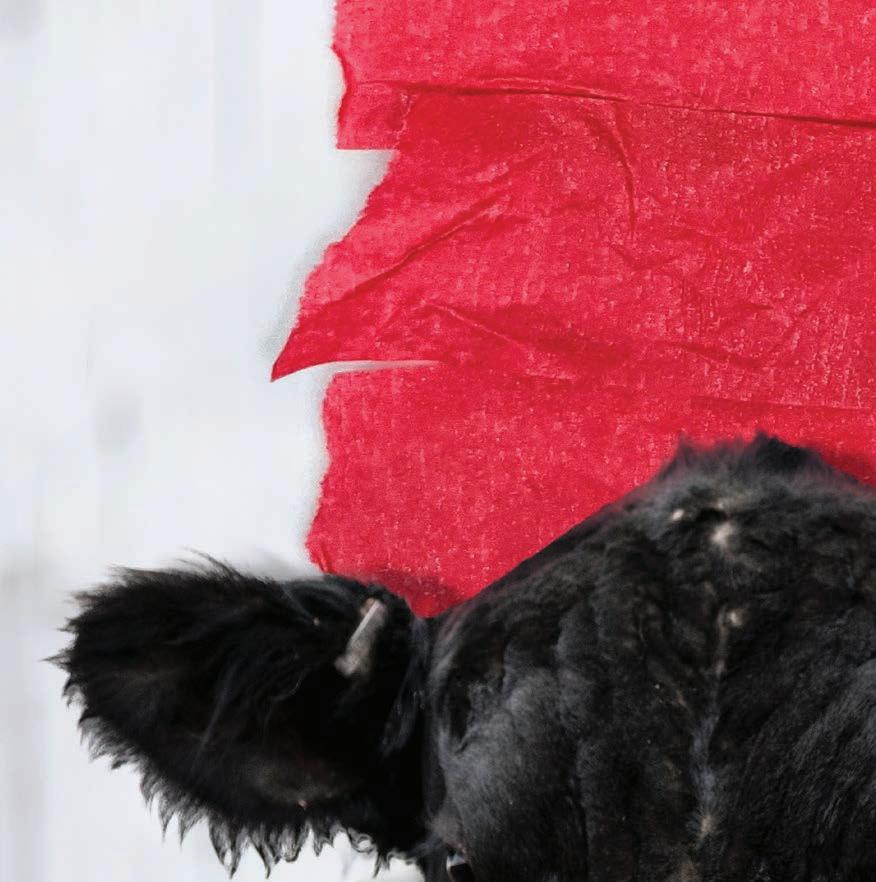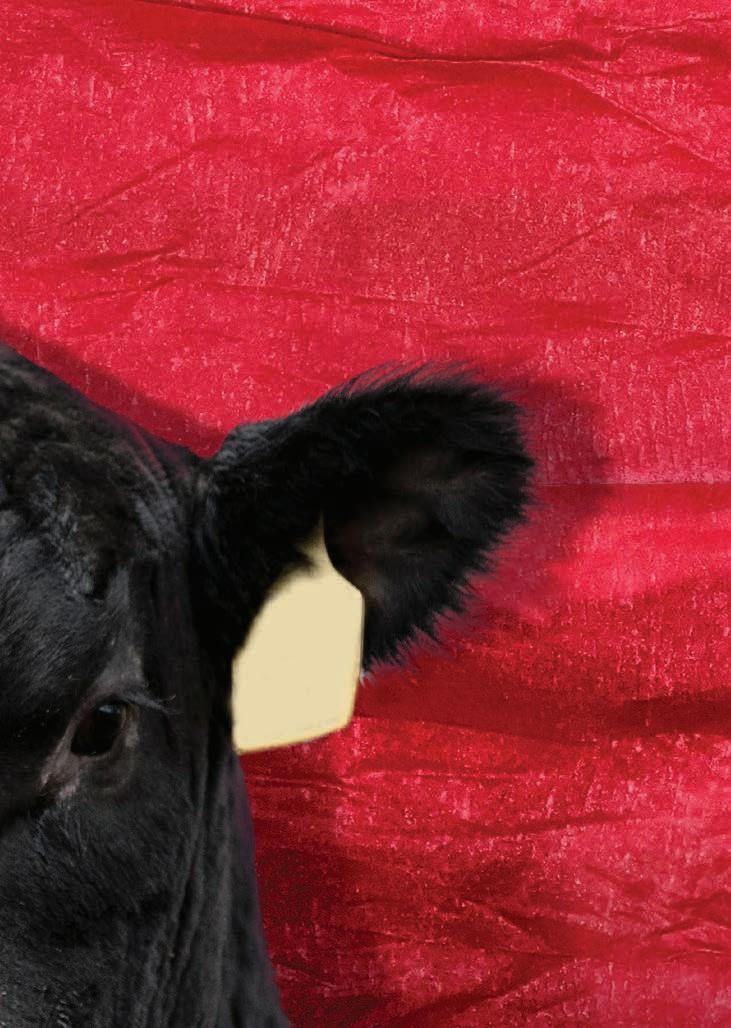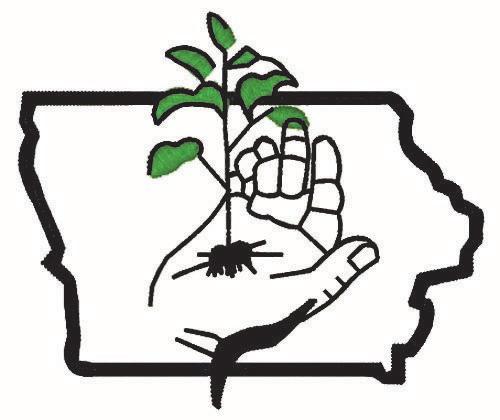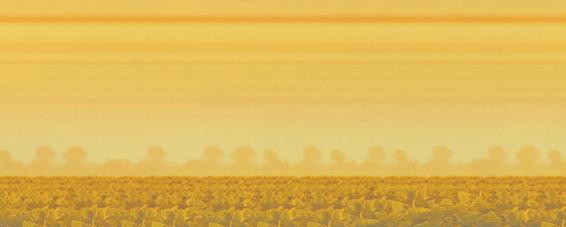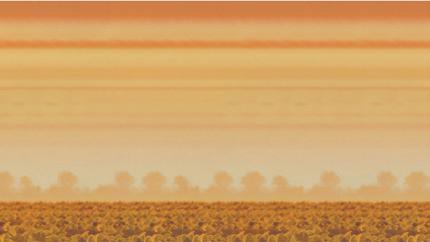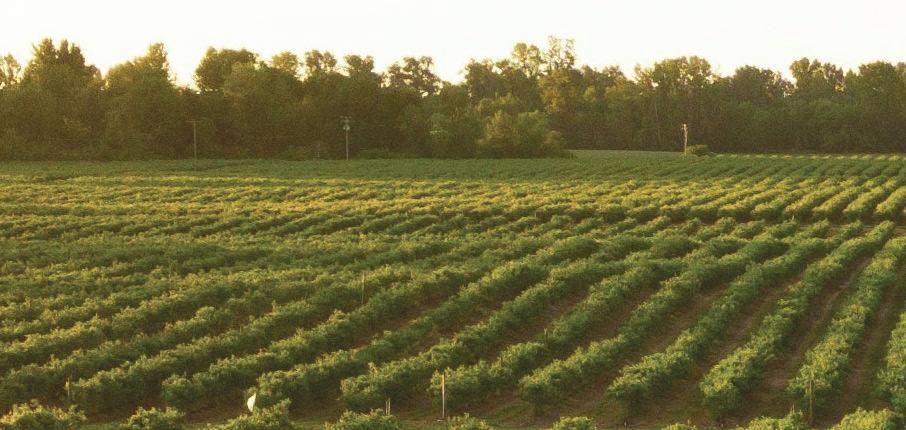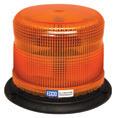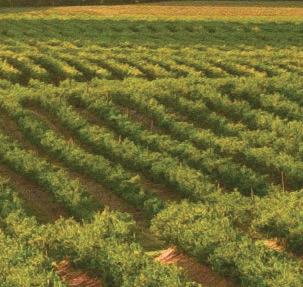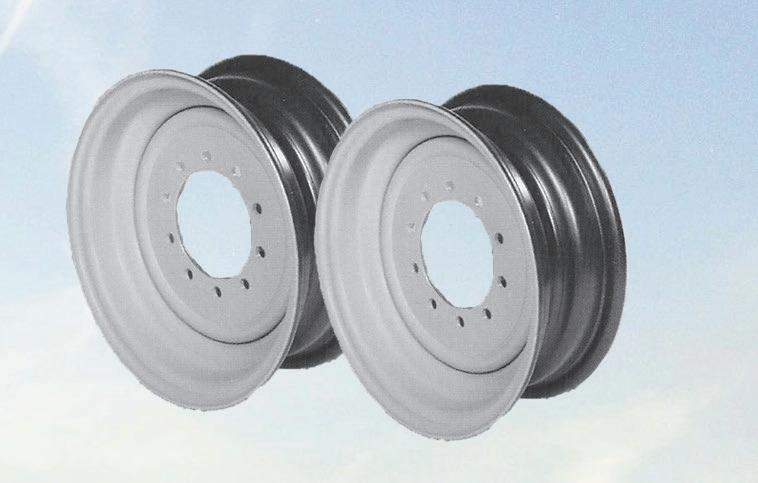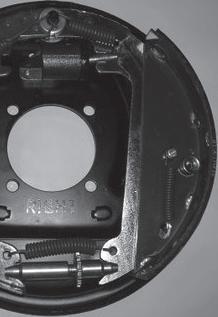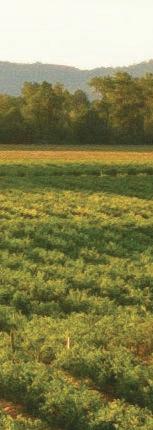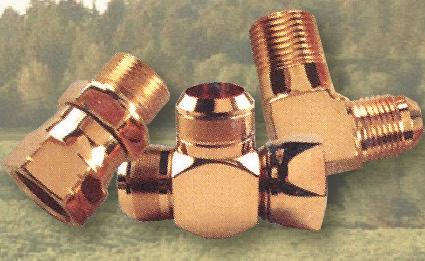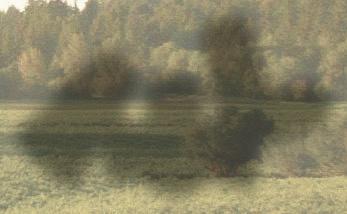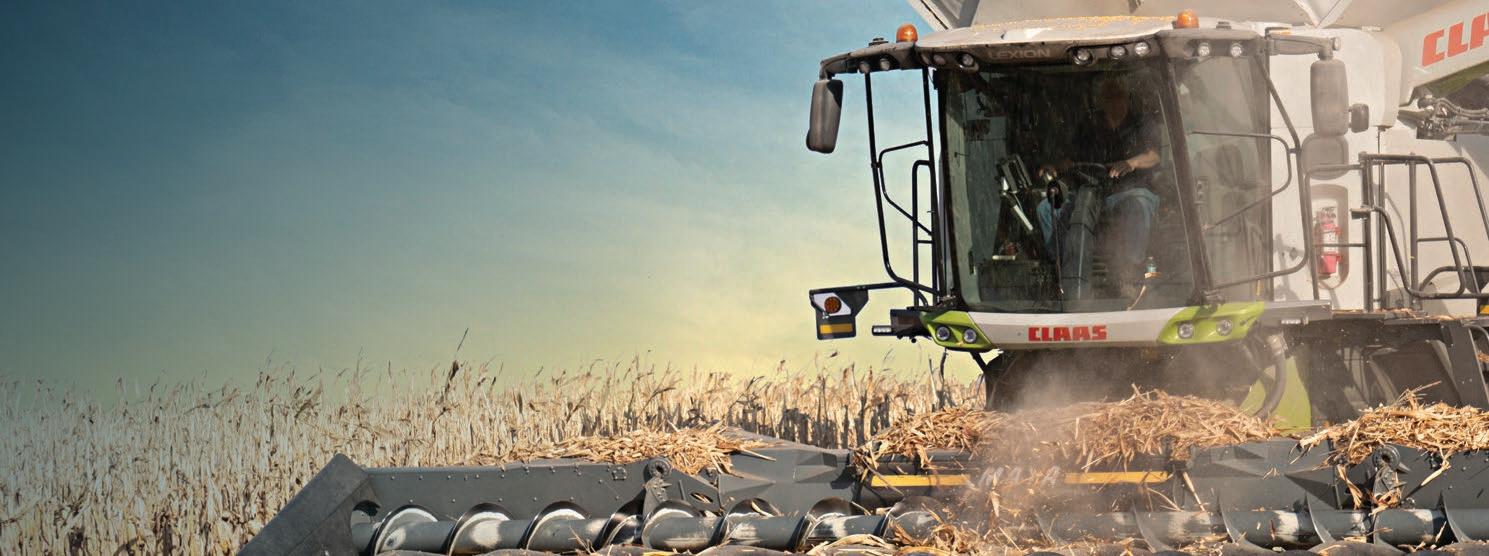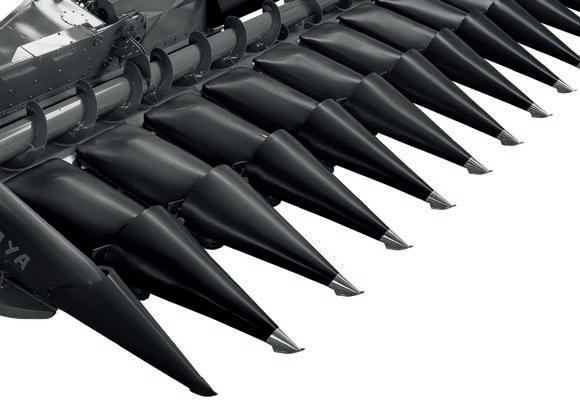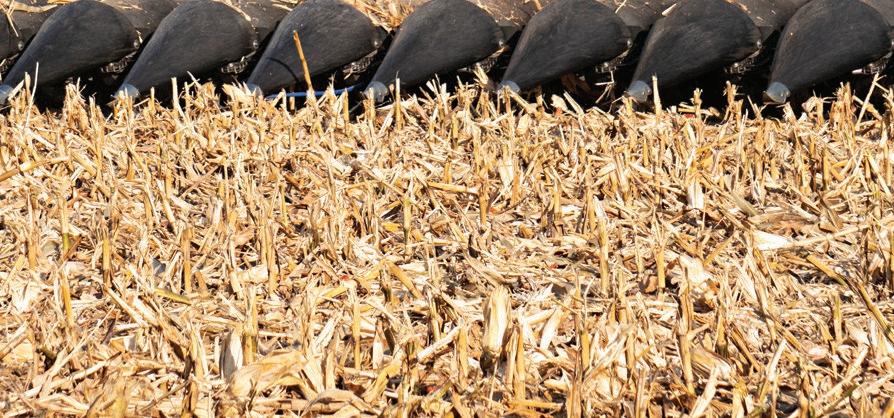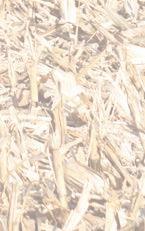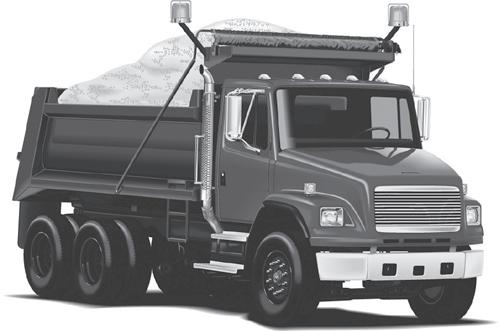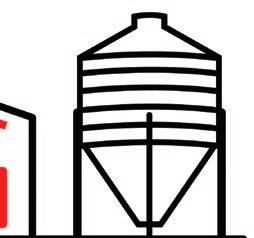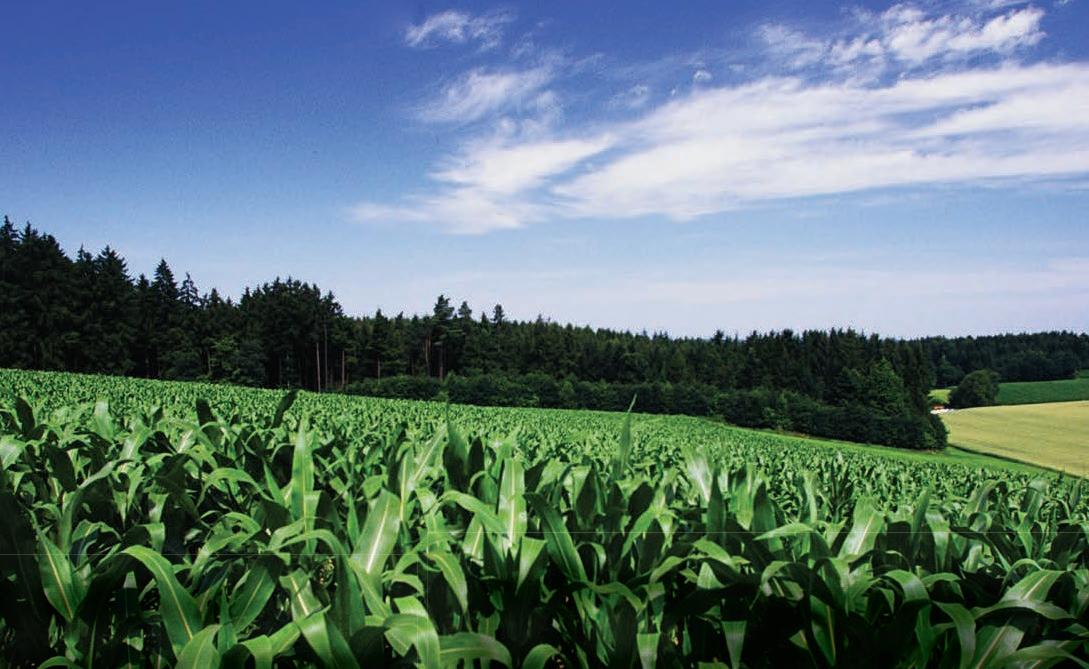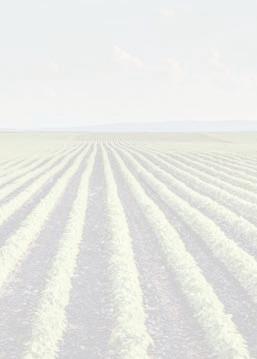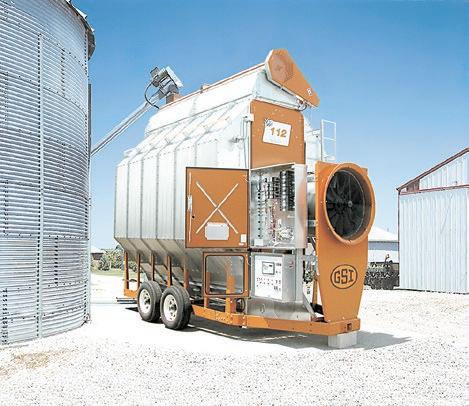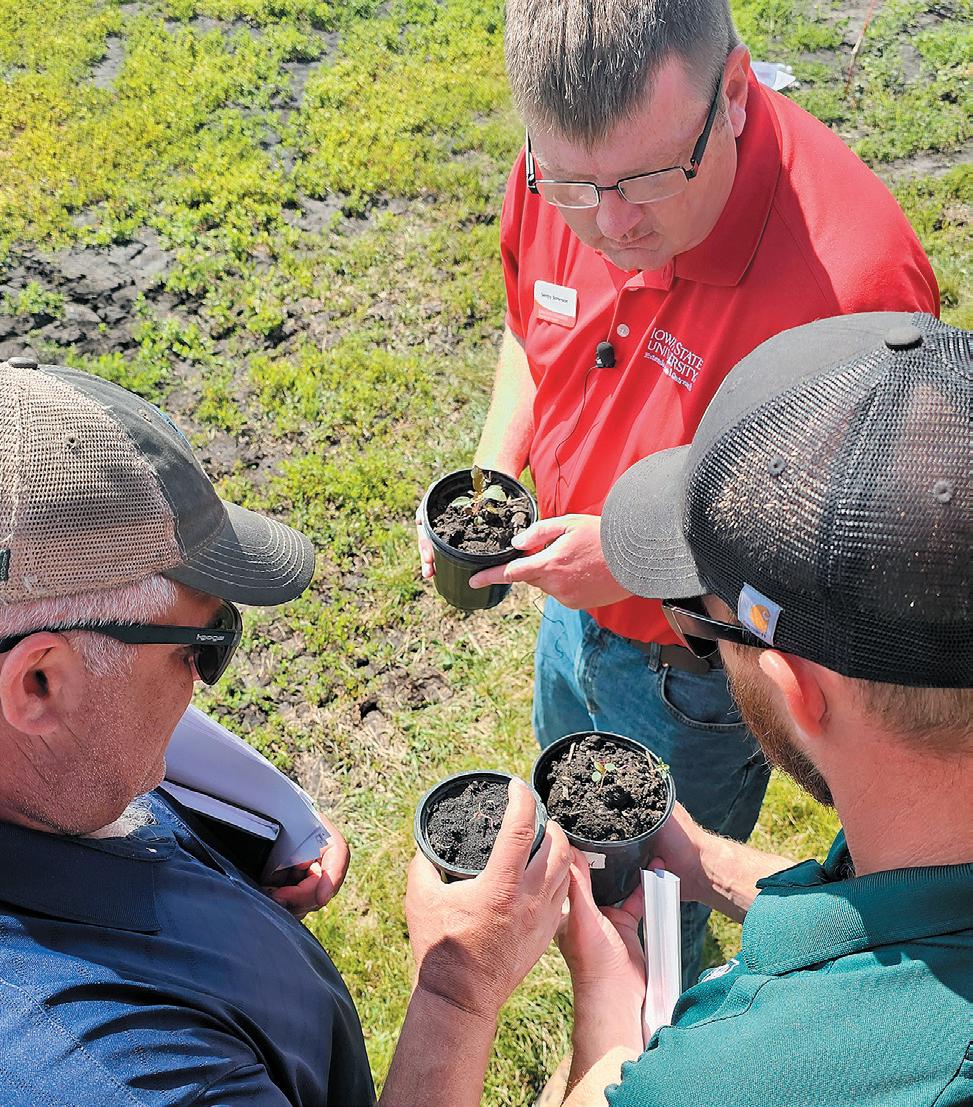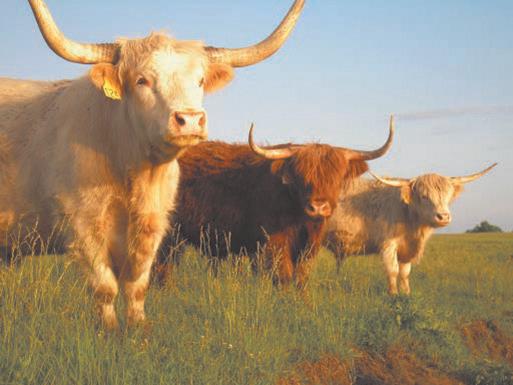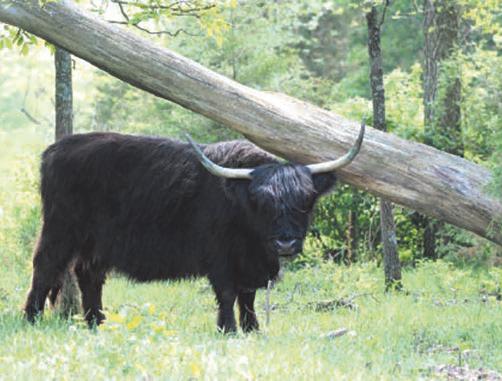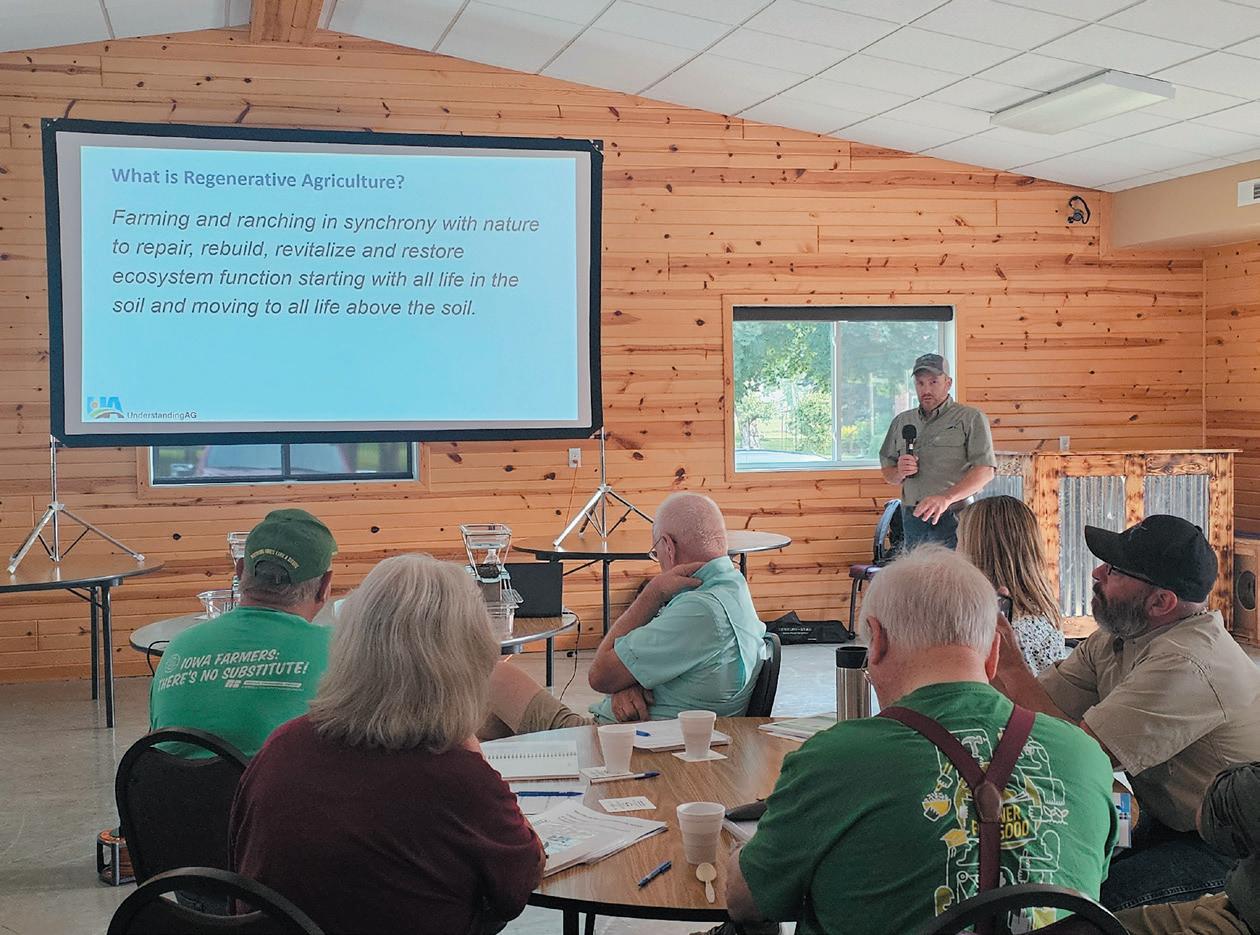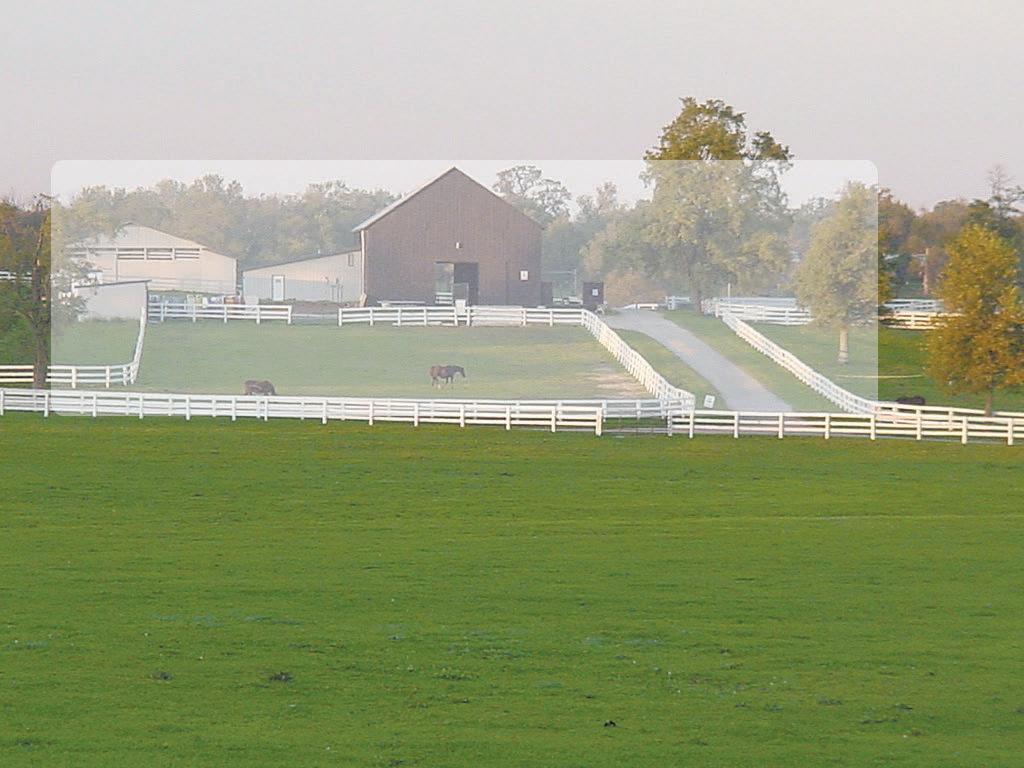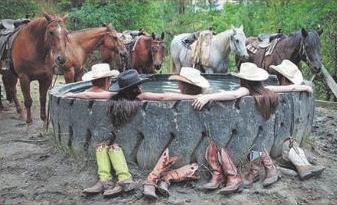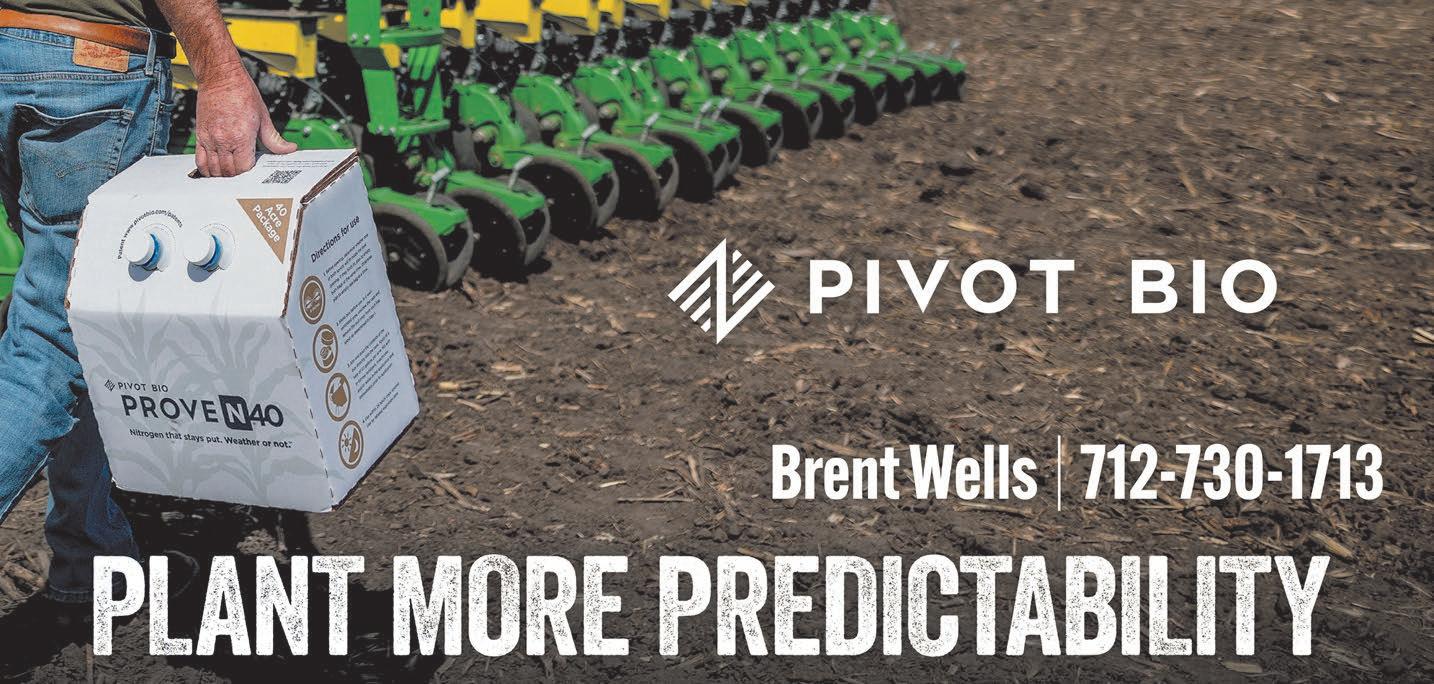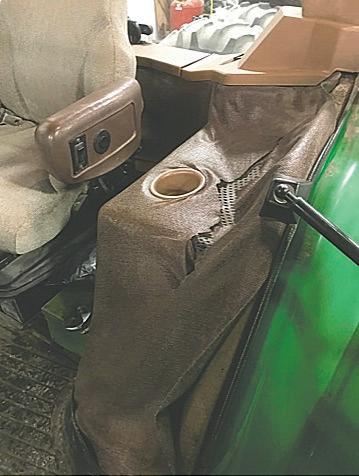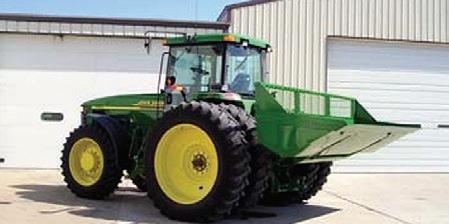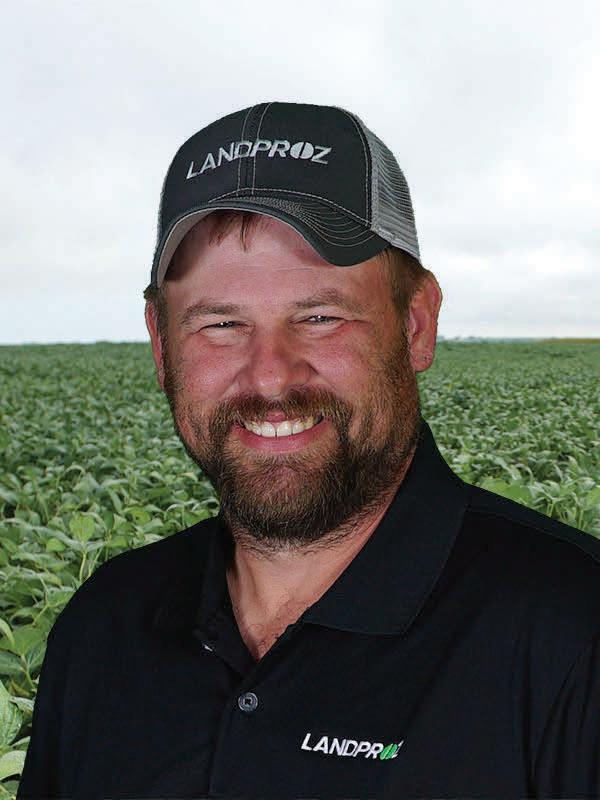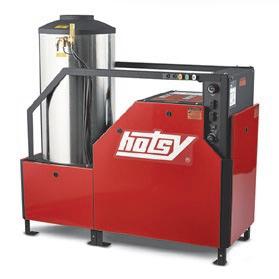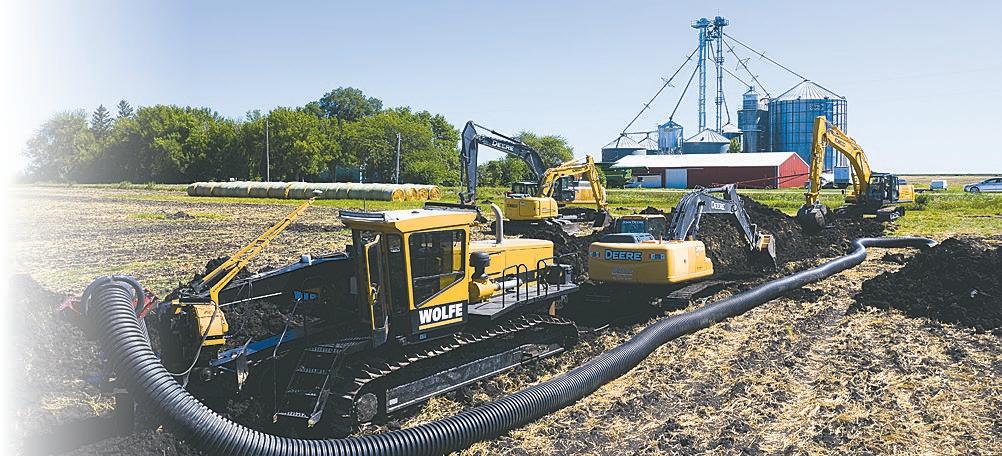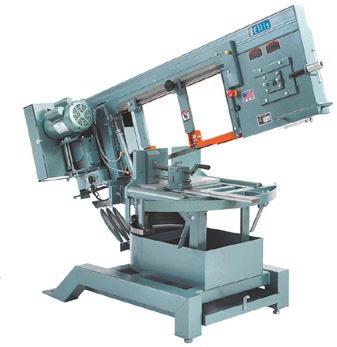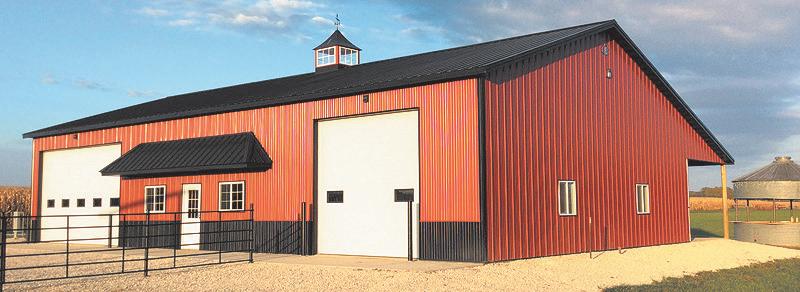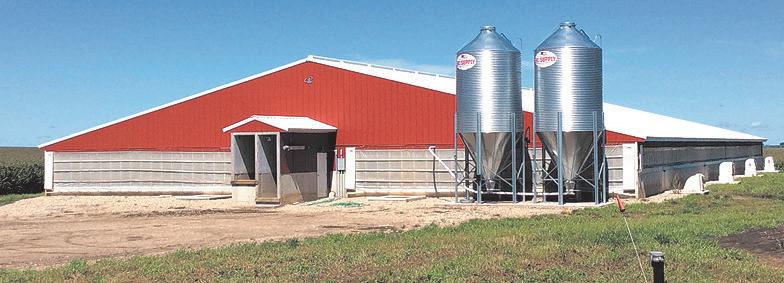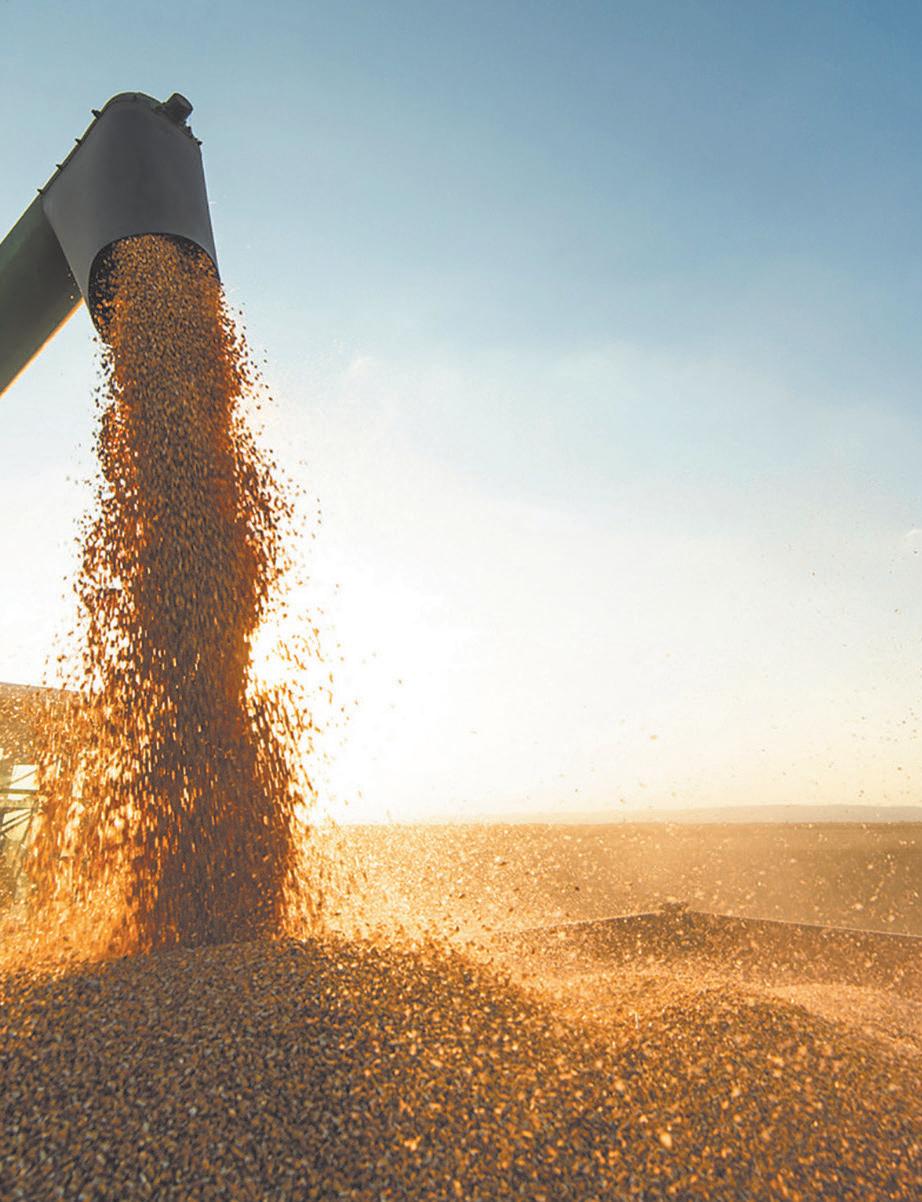By DARCY DOUGHERTY
Farm News writer
Yields at harvest are one of the big scorecards at the end of the growing season, but there’s a lot that goes into those numbers.
While yields are connected to corn hybrids, soybean varieties and weather data from the last few months, don’t overlook the importance of soil health.
Harvest is a key time to revisit the principles of soil health and to begin thinking about what can be improved for future growing seasons.
“If the soils in many Iowa fields could cry for help, they’d have a lot to say,” said Brian Dougherty, who works with UnderstandingAG, a consulting group focused on regenerative ag for more productive, profitable, resilient farms.
Some fields suffer from soil compaction, while other fields have soils that are either drying up or drowning in too much water. Then there’s the over-reliance on cropprotection products, poor nutrient management (too many nutrients tied up in the soil or leaching away and not nourishing plants), and other challenges that are all too common across the Iowa landscape.
Turns out there’s one common denominator that affects all these issues — the biology of the soil.
“When I was farming, I knew very little about how soil actually works,” said Dougherty, a former northeast Iowa dairy farmer and Iowa State University Extension specialist.
“Biology drives everything in the soil.”
Dougherty shared how the six principles of soil health drive the function of any ag ecosystem when he spoke to a group of approximately 50 farmers and conservation professionals during the half-day Sac County Soil Health Workshop in Wall Lake on July 24. He started by showing pictures of what good, healthy soil looks like, compared to soil that’s not in good condition, due to compaction or erosion.
“You want your soil to have the texture of cottage cheese or chocolate cake,” Dougherty said. “That nice, crumbly soil allows for air and water infiltration, which is vital to healthy plants.”
He shared more details on the six principles of soil health, including:
1. Understand context. Healthy plants, livestock and people start with healthy soil. This includes a diverse ecosystem filled with beneficial biology, from microbes to good insects and earthworms that help plants grow. “The plants, in turn, pump carbon into the soil, which attracts more beneficial biology in the soil,” Dougherty said.
2. Do not disturb. Reducing tillage is a key to building healthier, more biologically-active soils, while tillage breaks up valuable soil aggregates (which play a key role in water and air infiltration, root growth and erosion control).
3. Armor the soil. Cover the surface of the soil to protect the soil’s “skin.” Seeding cover crops is a great way to get the job done. “Continuous
-Farm News photos by Darcy Dougherty Maulsby
near Wall Lake to show
Watch for Asian copperleaf at harvest time
By DARCY DOUGHERTY MAULSBY Farm News writer
In the ongoing battle against weeds, a newcomer called Asian copperleaf is raising concern across Iowa.
In the last few years, Asian copperleaf has usually been detected in fields during harvest in Iowa.
“Farmers have alerted us to Asian copperleaf presence at harvest, where it formed thick mats under the canopy in corn and soybeans,” said Meaghan Anderson, an Iowa State University Extension field agronomist in central Iowa.
Asian copperleaf has been found in a number of Iowa counties including Boone, Calhoun, Franklin, Humboldt, Grundy and Black Hawk. This weed is a big mystery in many respects.
“We used to think this weed germinated in June, but my colleague found Asian copperleaf in central Iowa by the second week of May this year,” said Angie Rieck-Hinz, an ISU Extension field agronomist in northcentral Iowa. “I found it in Franklin County in north-central Iowa by the third week of May 2024.”
Asian copperleaf (Acalypha australis) was first discovered in Iowa in 2016 in a corn field near Cedar Falls, reports ISU Extension. Prior to this discovery, the only documented infestation in North America was within New York City. “No one has found it in Illinois, Missouri, Minnesota, Wisconsin or states other than Iowa and New York,” Rieck-Hinz said. “We still don’t know a lot about this weed.”
It’s unclear how the plant was introduced to Iowa, Anderson added.
“These discoveries are the only known cases of Asian copperleaf infesting cropland in the United States,” she said
Since the initial discovery in Iowa, Asian copperleaf has been found in multiple locations across central and northern Iowa. In each field, ISU agronomists report that several dense patches of the weed were present throughout the fields, suggesting it was in the field for several years before being identified.
“There’s a farm in Wright County that’s had trouble with Asian copperleaf for about five years,” said Rieck-Hinz, who spoke in June at the Northern Research and Demonstration Farm’s
field day near Kanawha. “They didn’t know it was Asian copperleaf. They just knew they couldn’t kill it.”
Beware of herBicide resistance
The magnitude of the threat that Asian copperleaf poses to Iowa row crops is unknown.
“We don’t know if it’s as prolific as waterhemp,” Rieck-Hinz said.
Several things are clear, however. Asian copperleaf is a significant agronomic weed in other areas of the world, Anderson said. It has evolved resistance to several herbicide groups, and it has been found at high densities in multiple Iowa fields in recent years. Populations of Asian copperleaf have
ABOVE: Asian copperleaf was first discovered in Iowa in 2016 in a corn field near Cedar Falls, reports ISU Extension. Prior to this discovery, the only documented infestation in North America was within New York City. There are still a lot of unknowns about this weed.
LEFT: Gentry Sorenson, an Iowa State University Extension field agronomist, shared information about Asian copperleaf weeds during a recent field day in northern Iowa.
shown resistance to various groups of herbicides, including HG 2 (ALS inhibiting), HG 9 (glyphosate), and HG 14 (PPO inhibiting) herbicides.
During the field day at Kanawha, one farmer asked whether cover crops can smother Asian copperleaf weeds.
“We don’t know for sure, but cover crops are definitely a useful tool in the toolbox,” said Gentry Sorenson, a field agronomist in northwest Iowa for ISU Extension and Outreach.
So the question remains — how do you kill Asian copperleaf? “We don’t know,” Rieck-Hinz said.
Keep an eye out for asian copperleaf
Asian copperleaf is in the spurge family, but lacks milky sap common in many spurges. The weed’s leaves are 2 to 3 inches long, with serrated (finely-toothed) edges. The distinguishing characteristic
See WEED, Page 8C
-Farm News photos by Darcy Dougherty Maulsby
SHUTEYE KEY TO SAFE HARVEST
Officials: Sleep is ‘critical defense’ in farmers’ safety
By KRISTIN DANLEY GREINER Farm News writer
Getting enough sleep can set a person’s mood for the morning, even for the rest of the day. But getting enough sleep as a farmer can be the difference between a safe harvest and one where safety can be jeopardized.
Rich Gassman, director of Iowa's Center for Agricultural Safety and Health, said the jury is out as to whether cat naps are beneficial, but in general, specialists agree that seven to nine hours of sleep each night is critical.
“I spent most of my life as a farmer and I’d love to tell you that I was never sleep deprived, but it’s an issue in farming,” Gassman said. “My biggest concern is that we see a cognitive decline when you have sleep deprivation, and farming in itself, especially during harvest time, is an inherently unsafe time anyway. We want to be aware of everything going on around us.”
Gassman recommended producers tell someone where they’ll be at in case they don’t arrive back home on time and notify someone if you’ll be running
late. He said farmers need to be sure to take care of themselves too.
“It takes a toll if you don’t have enough sleep,” Gassman said.
“Keep the combine stocked with items to help keep you awake. Time your caffeine. For me, I can’t drink caffeine after 4 p.m. or I won’t be able to sleep that night.”
Gretchen A. Mosher, professor of agricultural and biosystems engineering at Iowa State University, said that sleep is a critical defense against a farmer's safety and health is an understatement.
“It can be challenging to get enough sleep, especially during harvest, but sleep is an important factor in keeping farmers well, maintaining their ability to respond quickly to changes and in making appropriate decisions. Further, working long hours increases the chance of fatigue, which in turn, increases the chance of injury and illness,” Mosher said. “Without enough sleep, all people (including farmers) are at higher risk for cognitive declines,
lowering the ability to make positive decisions about operational and safety actions. Those who are sleep deprived are also negatively impacted in terms of attention span, reaction time, seeing and responding to mistakes and other short-term memory tasks.”
Among all individuals, one in three do not get enough sleep, Mosher noted. A 2021 study from the University of Nebraska found that farmers typically get approximately 30 minutes less sleep during peak seasons, such as harvest, planting and calving.
“Sleep is part of the larger framework for good health, including healthy diet, life/work balance and other spiritual and emotional factors. Farmers should prioritize self-care during harvest, including eating well and working to keep focused on the larger goals of harvest, which is to successfully and safely bring in the crop,” Mosher said. “It is easy to get upset over a minor setback or breakdown. It is important for farmers to understand that harvest is a stressful period. It is important to grant themselves and their colleagues and families some grace when things do not go as planned.”
“I spent most of my life as a farmer and I’d love to tell you that I was never sleep deprived, but it’s an issue in farming. My biggest concern is that we see a cognitive decline when you have sleep deprivation.”
RICH GASSMAN Director, Iowa Center for Agricultural Safety
Gretchen Mosher
combines of various sizes on C & B’s lot.
“For many of our customers, if their combine isn’t in the field, it’s here,” said Lansink. “We don’t charge rent for storing it, and it’s a good way for us to service the combines annually as our service techs can get to them. When we’ve finished the work, customers pick it up when it works for them.”
For an older combine, there are a few jobs that most likely will need to be done to them over their lifespan.
“We see a lot of auger wear that needs to be addressed,” said Lansink. “Concave work in the actual machine is not unusual either; we have to get them level and set for the farmer every year for maximum optimization. The rotor assembly requires leveling. There’s a procedure we go through to make sure everything is in time and balanced. Often the blades on the cleaning fan that need to be repaired or replaced and the bearings on the shaft need attention. The shaker arms that shake the big pan inside the
back of the machine may need work as well. Corn is forgiving but green-stem beans will be harder on the machinery, sometimes plugging the system up.”
John Deere establishes, based on combine hours, the work that generally needs to be done at certain intervals; corn and bean heads — on newer pieces of equipment — measure use in acres for service interval reference.
“A lot of my combine techs have been doing this enough over the years that they know what to look for over a certain number of hours or acres,” said Lansink, who speaks highly of the company’s training program.
“We do a lot of training in house, but also travel to John Deere training schools when necessary. Last month, two guys went to Arizona for chopper training. Most of the training we can handle here and through Mitchell Tech.”
Preventive maintenance is key to a happy harvest.
“Most of our customers know that it’s
a yearly thing to have their combines and implements inspected,” said Lansink. “Some request inspections right after harvest and others during the summertime. Quite a few customers schedule work right after the 4th of July.
“I just talked to a few guys this week who’ve asked if we have time to do their harvest maintenance, and I’m not going to turn them away. Customers understand we have a waiting list, and we’ll move through that list, taking care of each as best as possible. Every customer deserves a thorough inspection, the opportunity to OK all work, the time to order the right parts based on the inspection, and the confidence to know that their equipment will be serviced right. The one thing all of us can count on is that (harvest) will be here before you know it.”
C & B has over 35 stores nationwide; their Ida Grove location employs nine service techs, which include two techs with service trucks to handle breakdowns in the field.
“Every customer deserves a thorough inspection, the opportunity to OK all work, the time to order the right parts based on the inspection, and the confidence to know that their equipment will be serviced right. The one thing all of us can count on is that (harvest) will be here before you know it.”
ADAM LANSINK C & B service manager
Weed
Continued from Page 4C
of Asian copperleaf weeds are the bracts located beneath the flowers. The bracts are circular to heartshaped.
“Asian copperleaf really likes light,” Rieck-Hinz added. “If it’s in full sun, it can easily reach heights of 2 to 3 feet, although it will be shorter under canopy.”
As the weed continues to spread, there’s evidence that Asian copperleaf is moving with water — in some cases for almost half a mile, Rieck-Hinz added.
When crop scouting this summer, keep an eye out for Asian copperleaf. The species remains under the crop canopy throughout the growing season, according to ISU Extension agronomists.
Identifying Asian copperleaf can be tricky. Not only are there other copperleaf plants in Iowa (including Virginia copperleaf), but Asian copperleaf can look similar to other weeds. “If you’re
just walking along, Asian copperleaf can look like waterhemp,” Rieck-Hinz said.
ISU Extension and the Iowa Department of Agriculture and Land Stewardship are asking farmers and others in the ag industry to keep an eye out for this plant as fields are harvested this fall.
If you find a plant you suspect might be Asian copperleaf, contact your local ISU Extension field agronomist for assistance with identification.
ISU Extension agronomists will continue to monitor Asian copperleaf populations this summer to gain a better understanding of their emergence patterns and the effectiveness of post-emergence herbicides on this species.
“We also plan to collect enough Asian copperleaf seed this fall to conduct greenhouse trials to learn more about this weed,” Rieck-Hinz said.
living roots are my favorite soil principle, because they fit all the other soil principles, too,” Dougherty said.
4. Enhance diversity. A healthy ecosystem requires a diversity of plants, microbes, insects, wildlife and livestock. Cover crops and small grains can help. “Mother Nature does not grow monocultures, and neither should we,” Dougherty said.
5. Promote living roots. It’s essential to keep living roots in the soil as much as possible during the year, because roots feed the beneficial microorganisms in the soil that feed crops.
6. Include livestock, when possible. Grazing has been an essential component of all soils at one time or another, either from bison and buffalo to cattle and other ruminants. “You can grow healthy animals and soil together,” Dougherty said.
Dougherty urges farmers to read David Montgomery’s book “Dirt: The Erosion of Civilizations.” He credits this book with opening his eyes to a new view of agriculture.
Combining a mix of history, archaeology and geology, this book explores how humans have used and abused soils through the centuries. Once bare of protective vegetation and exposed to wind and rain, cultivated soils erode bit by bit, slowly enough to be ignored in a single lifetime, but fast enough over centuries to limit the lifespan of entire civilizations. “This book changed my life,” Dougherty said.
How to take a Brix sample
Soil tests like the Haney test help measure how biologically active soil is. Dougherty also encourages farmers to invest in a simple tool that can help measure their crop’s “vitality score” to help assess the crop’s health during the growing season. It involves Brix levels, which reflect the quality of the crop, from nutrient density to flavor.
It’s easy to measure Brix levels right in the field with a simple, affordable tool called a refractometer. (These are readily available online at sites like Amazon.com for $25 or less each.)
DOUGHERTY, who works with UnderstandingAG, a consulting group focused on regenerative ag for more productive, profitable, resilient farms, detailed key soil health practices during a seminar in Wall Lake in late July. “If the soils in many Iowa fields could cry for help, they’d have a lot to say,” Dougherty told the audience of 50 people, which included farmers and conservation professions.
It’s not too late to give it a try this year.
While a refractometer looks like a small flashlight, it’s a precision instrument that allows you to quickly measure the percentage of dissolved sugars in plant sap. These sugar levels are correlated with the plant’s food-producing efficiency (photosynthesis) and the nutrition contained in the plant, including protein, mineral content and more.
The UnderstandingAG consulting group offers these tips on how to test Brix levels with a refractometer, which can be used with corn, soybeans, forage crops and more:
1. Take readings on sunny days and preferably early afternoon.
2. Use the top one-third to onehalf of the desired vegetation.
3. Make sure the vegetation you’re testing is the same species.
4. Pick enough plant material to make a ping-pong sized ball.
5. Roll this vegetation in the palm of your hand until the plant material feels moist.
6. Insert the plant material into your garlic press.
7. Squeeze the garlic press
several times.
8. When you see sap, place a couple drops on the prism plate of the refractometer. Then close the plate cover on the refractometer.
9. Look into the eyepiece of the refractometer, toward the sun, to see the measurement of the Brix level.
Brix levels are measured on a scale from 0 (poorest) to 32 (best). The goal is to produce crops with a Brix measurement of 12 or higher. “Anything below eight is not worthy of reproducing or eating,” said Jim Ladlie, founder and CEO of ProftProAG in Albert Lea, Minnesota. “In fact, it’s nature’s garbage. Unfortunately, many of the crops we test, including corn, soybeans and forage, have Brix levels of four to six.”
Nutrient density in plants, as well as plant health itself, are connected to Brix. “Remember, healthy, nutrient-dense crops that yield well at harvest all start with soil biology,” Dougherty said. “Biology is driving the train, and we can do more to promote healthier soil biology. The six principles are a good place to start.”
-Farm News photo by Darcy Dougherty Maulsby
BRIAN
-Farm News photo by Darcy Dougherty Maulsby
at an ISU Extension field day near Kanawha got an up-close look at Asian copperleaf this summer.




